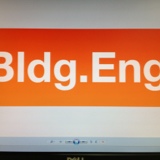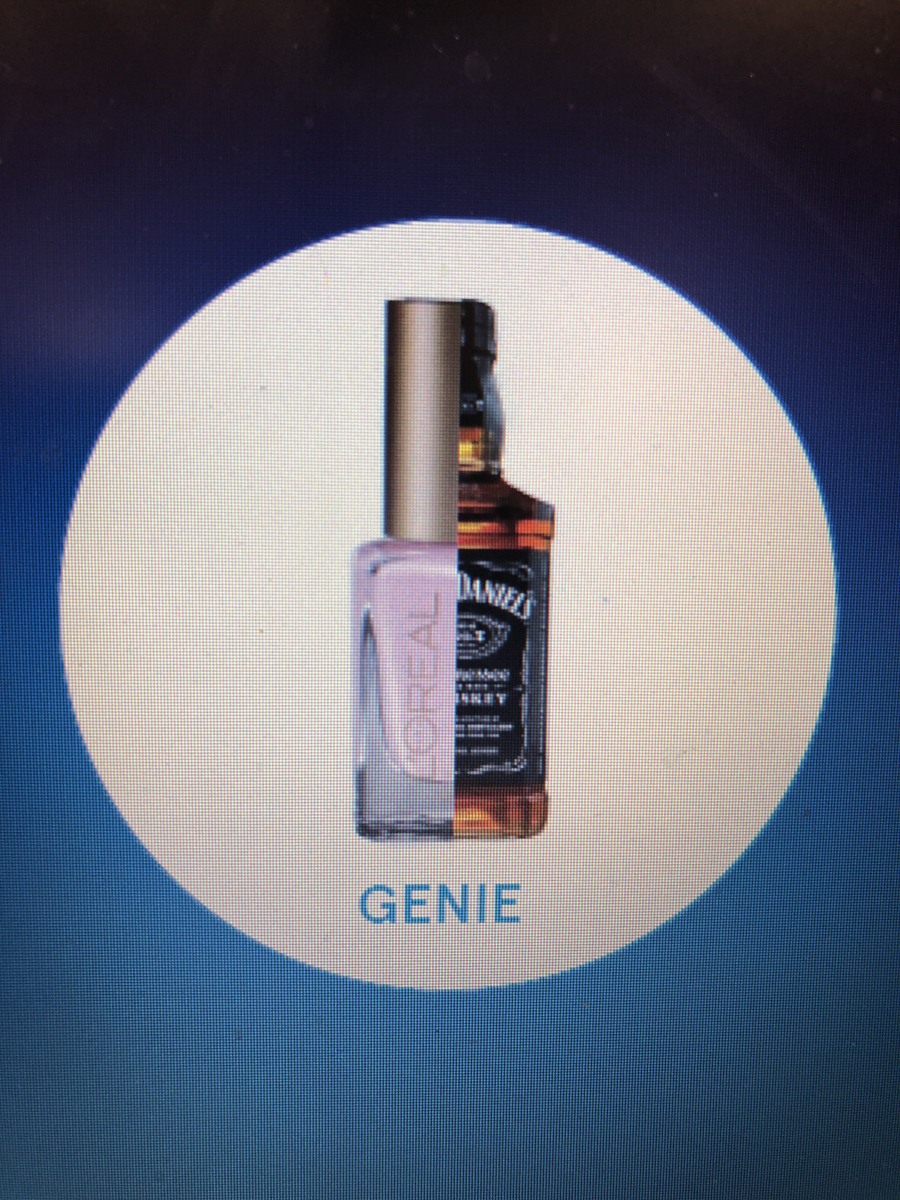Clearance Inspection Details
-
Prepared by
-
Prepared for
-
Report Number
-
Completed on
Clearance Report
-
Date and Time of Assessment:
-
Report to:
-
Client - Company and Person
Removal Details
-
Removal Company Name
-
Licensed Asbestos Removalist Supervisor (Record Licence number if applicable)
-
Removalist Contact Name
-
Removal Site Address:
-
Site Details (Building/Level/Floor/Unit)
-
Scope of Works:
-
Removal details (eg textured ceiling scrape)
-
Dates the removal work was carried out
-
Did you sight a copy of the Worksafe Notification?
-
Did you sight copy of of the Safe Work Method Statement (SWMS)?
-
Are works consistent with control plan?
-
Is the Asbestos related/ removal works consistent with WorkSafe Notification, SMMS and Removal Plan?
-
Comments
Stage 1 - Preliminary Site Inspection
-
Appropriate signage and exclusion zones established?
-
Air lock and enclosure present, intact, clean, dry and suitable for the work?
-
Smoke test carried out and report provided?
-
Smoke test (Record date and report number if applicable)
-
Adequate equipment for inspection / removal?
- NPU
- Ladders
- Scaffold
- Adequate lighting
- Waste disposal
- Signage appropriate
- H-type Vacuum
- PPE adequate
- Background monitoring
-
Air mover (NPU) present, operational and suitable for the work?
-
Decontamination facilities provided and operational?
-
The area surrounding the removal zone and waste transit route was inspected and no visible asbestos or dust and debris was found.
-
Photo representative of the works and clearance.
-
Stage 1 Preinspection Result
Stage 2 - Visual Inspection
-
Enclosure Details (HxWxD)
-
All areas accessed?
-
Exclusions
-
Asbestos containing materials have been removed
-
The area immediately within the enclosure / inspection area and the area immediately surrounding the enclosure / removal was inspected and no visible asbestos or dust and debris was found.
-
Photo representative of the removal work area
-
Comments
-
Stage 2 Visual Result
Stage 3 - Air Monitoring and Dust Sampling
-
Air monitoring was carried out as part of the clearance inspection?
-
Negative Air Unit off and sealed?
-
Air disturbance carried out?
-
Duration of air disturbance (Number of minutes)
-
Number of pumps required?
-
The air monitoring result was satisfactory?
-
Report number:
-
Surface wipes collected?
-
Number of wipes collected?
-
The surface wipes result(s) was satisfactory?
-
Report number:
-
Exclusions (Areas excluded from clearance)
-
Can the enclosure be dismantled?
-
Stage 3 Air Monitoring and Dust Sampling Result
Stage 4 - Final Assessment
-
Stage 4 (28.4.4)
When the enclosure or work area has passed the visual inspection and / or air monitoring, and any surface wipes, the Licensed Asbestos Removalist can dismantle the enclosure. -
Stage 4 Assessment
-
The area in which the enclosure was erected, the removal work zone, the area immediately surrounding the area where the enclosure was erected, and waste transit route was inspected and no visible asbestos or dust and debris was found.
-
No asbestos debris was present around the waste container / vehicle?
-
Photo representative of inspection areas
-
Stage 4 Final Assessment Result
CLEARANCE DECLARATION
-
CAN THE AREA BE REOCCUPIED?
-
I the Assessor declare that:
-
I found no visible Asbestos residue from asbestos removal work in the area, or in the vicinity of the area, where the work was carried out; and
-
(If air monitoring was conducted as part of the clearance inspection), the monitoring shows the respirable fibre level does not exceed 0.01 fibres/ml; and
-
As far as can be determined from the clearance inspection, the asbestos removal area does not pose a risk to health and safety from exposure to asbestos.
-
Name of a Licenced Assessor and Assessor License Number
-
Select date
-
Assessor
-
Removalist/ Supervisor
-
Select date
-
Assessor
-
Removalist/ Supervisor













